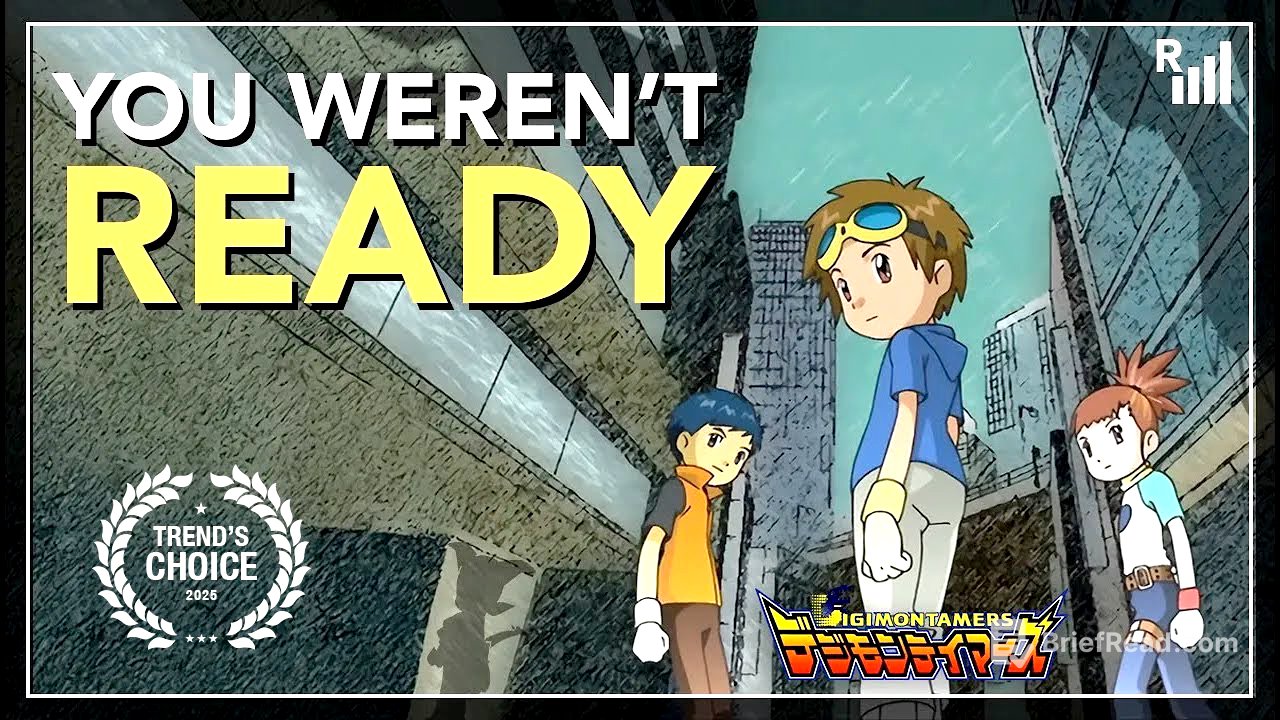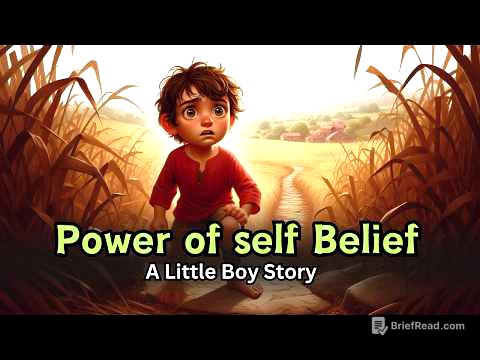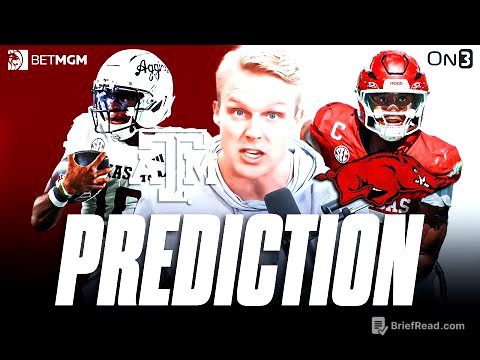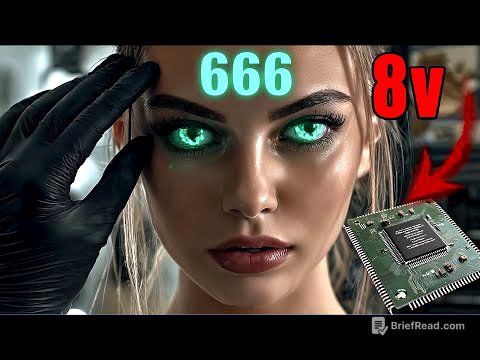TLDR;
The video discusses why Digimon Tamers is considered the best season in the Digimon franchise. It explores how the show a darker, more grounded tone, character-driven storytelling, and complex psychological and philosophical themes. The video highlights the key elements that make Digimon Tamers stand out, including its tone, character development, and exploration of evolution, bonds, parental relationships, and trauma.
- Digimon Tamers is praised for its darker, more grounded tone and character-driven storytelling.
- The show explores complex themes such as evolution, bonds, parental relationships, and trauma.
- Chiaki J. Konaka's writing style brought a unique and intellectual approach to the franchise.
Introduction [0:04]
The author starts by questioning why it's difficult to create a decent story out of existing franchises like Sonic, Mario, or Minecraft, given the established source material, brand, and audience. The author contrasts this with Digimon Tamers, which is presented as an example of creators caring about a property and building a meaningful story that evolves the franchise. Digimon Adventure is iconic for turning a virtual pet toy into a full-scale anime, Digimon Tamers is often considered the best due to its darker tone, character-driven storytelling, and complex themes.
Chiaki J. Konaka's Influence [1:44]
After the Digimon Adventure storyline concluded, Bandai and Toei chose Chiaki J. Konaka to lead the franchise in a new direction. Konaka, known for his intellectual, dark, and surreal writing style in works like Serial Experiments Lain and Texhnolyze, was a fitting choice. Although he had previously contributed to Digimon Adventure 02 with a dark episode, he was later given full creative control over Digimon Tamers. Despite potential tonal inconsistencies, Konaka's care for the show is evident in its thoughtful layers, which go beyond typical expectations for a children's program.
Tone and Atmosphere [3:26]
Digimon Tamers establishes a darker, unsettling tone through muted colors, creepy character designs, and psychological themes. This tone is consistent throughout the episodes, using shot framing, lighting, and character placement to create a specific feeling. The show uses a method of "Hold up, wait a minute. Something ain't right," to create uncertainty. For example, in episode one, the chosen one trope is subverted with visuals indicating that Takato's digivice is something he shouldn't be meddling with. Konaka aimed to reduce the "tropomorphized" image of Digimon, emphasizing their monster-like spirit and the stakes of battle.
Character-Driven Storytelling [7:56]
Digimon Tamers is a character-driven story focused on exploring the internal conflicts of its characters rather than external conflicts. Unlike Digimon Adventure, where the characters are on the map, in Tamers, the characters are the map. The external conflicts serve to explore the characters' internal struggles. For example, Lee's past trauma causes him to be overprotective of Terriermon, which creates an ethical dilemma for him during battles. The story unfolds with subtlety, with progress happening in small, meaningful moments.
Evolution as a Theme [11:11]
Evolution is a significant theme in Digimon Tamers, with Konaka aiming to explore its meaning. Unlike Pokémon, Digimon evolution is variable and influenced by external factors. Konaka acknowledged the risk of evolutions losing their value if overused, so Tamers introduced Digimonification to give Digimon unique power-ups. Evolution is something both humans and Digimon try to understand and achieve, with different perspectives from each character. The link between character development and evolution is overt, signifying the evolution of the human rather than the Digimon.
Bonds and Partnerships [17:23]
The relationship between a child and a Digimon partner is a unique aspect of the Digimon franchise. Digimon emphasizes monster raising and care over battling and capturing, fostering a closer bond. Digimon are allowed to have their agency and personality, making them partners rather than toys or slaves. Konaka explored this partnership in a nuanced way, challenging both humans and Digimon to think differently and understand one another. The goals of the Digimon and their humans don't always align, leading to compromises and altered views.
The Role of Parents [22:36]
Digimon Tamers gives parents significant attention, making them realistic and relatable. Details like marital status, career, and household environment provide a unique lens through which to view the main characters. As the kids navigate growing up, the parents also struggle to find their place in their children's lives. The show explores the importance of trust and communication between parents and children.
Trauma and Character Development [29:46]
Tamers explores character through suffering, using a "jab, jab, cross" technique to heighten emotional impact. The creators add necessary building blocks to heighten the impact when those emotional moments happen. The show balances happiness and misery, with even light-hearted moments having a bit of tragedy and uncertainty. The characters' traumatic moments make the ending more satisfying.
Counterbalance and Imperfections [37:07]
Digimon Tamers balances its dark themes with light-hearted moments, preventing it from becoming depressing. Characters like Kazu and Kenta add childish humor, though their presence in the digital world is questionable. Rio, a character from the Digimon games, feels like product placement and lacks interesting character flaws. Calumon, designed as a mascot Digimon, becomes a living plot device.
Conclusion [41:53]
Digimon Tamers was an excellent attempt at evolving the franchise, growing from a whimsical story into something more mature and introspective. It brought reality to the wish fulfillment of having a digital monster, focusing on self-reflection and growth. The show's willingness to redefine itself is appreciated, and while later seasons may have stepped backward, Tamers remains a standout example of mature storytelling within the Digimon universe.









